#labile
Explore tagged Tumblr posts
Text
Emotional Lability Pride Flag

Emotional lability: a sign or symptom typified by exaggerated changes in mood or affect in quick succession.
#emotional lability#affective lability#labilities#labile#affect#mood changes#symptoms#signs#sign#symptom#ap#mad pride#neurodivergent#neurod#neurodiversity#psychological#psychology terms#flags
47 notes
·
View notes
Text
Narcissists are masters of subtle manipulation, and their tools are often the very people they claim to care about. Picture it: a charming smile, a warm embrace, words wrapped in sweetness. But beneath the surface, there’s a different game at play—a game where only they win.
One moment, they’ll lift you high, showering you with praise, making you feel like the most important person in the world. This is love-bombing. It’s intoxicating, like a rush of dopamine. But soon, almost without warning, the tide turns. The compliments fade, replaced by subtle jabs and criticisms. That’s where the control starts. They make you question yourself, subtly, by twisting words and distorting memories. Did that really happen, or did they just convince you otherwise?
In time, they draw on your empathy. They paint themselves as misunderstood, as victims of a harsh world. They tell you that only you truly understand them, that only you can save them. But it’s a trap—a way to keep you close, to ensure you remain by their side.
Through all this, their goal is control. They blur boundaries, erode your confidence, and mold your reality. And while the love may feel real at times, remember this: real love doesn’t twist, manipulate, or deceive. Real love doesn’t leave you feeling like you’re spinning, trying to find your balance.
So, guard your heart. Recognize the signs, stand firm, and never let anyone distort the truth of who you are. Because your worth isn’t something they get to define—it’s yours, and yours alone.
2 notes
·
View notes
Text
Title: The Path to Ethical Economies: Alternatives to Capitalism and the Prevention of Economic Psychopathy
Abstract: The capitalist model, while a dominant force of economic development, often prioritizes profit over people, fostering environments where sociopathic tendencies—aggressive competition, exploitation, and environmental degradation—can thrive. This paper examines emerging alternatives that hold potential for economies centered on social welfare, sustainability, and ethical governance.
Introduction: Capitalism has long been the prevailing structure of modern economies, praised for fostering innovation and enabling vast wealth. Yet, its mechanics often resemble the behavioral patterns of psychopathy, rewarding profit-seeking behaviors with little regard for human or environmental well-being. The pursuit of alternative models is no longer merely idealistic; it is an ethical necessity.
The Issue with Capitalist Incentives: Capitalism, at its core, is driven by a competitive impulse. This often encourages businesses and individuals to exploit resources and labor in pursuit of profit. Such dynamics align with traits recognized in psychopathy: disregard for empathy, manipulative strategies, and an emphasis on self-interest. In a capitalist structure, these behaviors are not only normalized but rewarded.
Exploring Alternatives: Alternatives such as cooperatives, circular economies, and welfare-state models emphasize ethical accountability and shared success over profit maximization. Cooperatives, for instance, are owned and managed by workers, leading to more equitable profit distribution and a greater sense of community. The circular economy stresses sustainability, urging businesses to reuse resources, reduce waste, and prioritize environmental health. These alternatives foster collaboration, empathy, and accountability, values directly opposed to those often encouraged by capitalism.
The Role of Ethical Governance: Transitioning to ethical economic systems requires governance structures that prioritize public welfare. Policies fostering wealth redistribution, environmental regulation, and support for alternative enterprise structures help realign the goals of economic success with those of human well-being. Governments and institutions must incentivize ethical business models over profit-driven entities, establishing new norms that reward positive social impact over mere profitability.
Conclusion: The avoidance of capitalism’s psychopathic tendencies lies not only in pursuing economic alternatives but also in embedding ethical governance at every level of society. An economy that values empathy, sustainability, and cooperation is not just possible—it is essential for a future where economies serve humanity, rather than the other way around.
#labile#evidence#facts#honesty#knowledge#reality#research#science#scientific-method#study#truth#wisdom
2 notes
·
View notes
Text
Listen closely.
When those who hold power betray their word, when they twist truths and step over lines they themselves swore to uphold, something sacred is shattered. And the cost, my friends, falls on us.
When we excuse the misdeeds of politicians, we open the door to a world where integrity is cheap, and dishonesty reigns. Every lie unchallenged, every misstep ignored, strengthens the chains that bind us. They take an inch, then a mile, and in our silence, we give them more.
Accountability isn’t a luxury. It is our weapon. It is our shield. Without it, the very foundation of our society rots. When we stop holding leaders to account, we let corruption seep into the roots of everything that matters. Trust. Justice. Freedom.
And so, we must watch. We must question. We must demand better—not for the sake of punishment, but to preserve the very soul of what is right. To let them get away with anything less is to surrender our own power. And we, my friends, must never surrender.
0 notes
Text
Ah, yess, frends and wanderers, come close and hearken to thee wurd — labil… or labeel… or labyal. It is word most slippperry, as if try to hold a water in hands of sieve or cloud in the clasp of a rock. Now, what does it mean? Ah, but does mean mean anything in a world so shifty, so spindly?
Labile is, perhaps, like feather caught in storm, like river that go left and right, like dog what won’t stay put, like thought that’s here then gone to morrow’s yester-thoughts. One might say it’s a felling of wind’s song, changing with no rhythme, but with rhym, but also no rhym.
How labil is! How it slips thru like sands of quick! Like love of a moth to flame, or of flame to air, so does labil dance with change, so it does... twirlywobble down paths of maybe-maybe-not.
We is like labil, all of us, all of us! Our minds — our hearts — labily and labaly, shifting and floating, weaving and bobbing on the waves of unsteady. Oh, such is life, for labile is not thing of stone or rock or tree, no! Labile is the way things do, when they do things that are not as they were but as they will be, or not be, or half-be.
So go, take labil with you, for it is friend to those who wander, but also foe, but also friend! And let it change as you change, as change changes.
0 notes
Text
The Western world is under siege, and the weapon is disinformation. Russia has mastered the art of waging an information war, deploying swarms of troll armies and bot hives across social media with the precision of a surgeon wielding a scalpel. The goal? To destabilize, distract, and disintegrate trust in anything remotely resembling the truth. This isn’t some innocuous game of internet pranks; this is a psychological assault, a labile virus contaminating the public discourse, turning otherwise rational minds into vectors of conspiracy and distrust.
Social media platforms—Facebook, Twitter, YouTube—are no longer merely the conduits of cat videos and breakfast selfies. They are battlegrounds. Russia has turned these platforms into disinformation factories, churning out propaganda dressed in plausible deniability. The appeal is emotional, appealing to our most labile instincts—fear, outrage, tribal loyalty—ensuring that rationality is a casualty long before anyone can click “share.” It is a strategy that capitalizes on the inherent instability of human cognition, our natural proclivity to be swayed by repeated lies, especially when they pander to our anxieties and preexisting biases.
In this unhinged torrent of misinformation, only verifiable journalism stands as a bulwark, a thin line of defense against the erosion of reality itself. In an era where the truth is subjugated to the clickbait headline and nuanced understanding is sacrificed to the angry soundbite, rigorous journalism serves as the last bastion of intellectual integrity. It is only through factual reporting, painstakingly verified and fiercely independent, that we can navigate this morass of deceit and manipulation.
This isn’t a matter of preference; it is a matter of intellectual survival. Without the rigor of credible journalism, we are susceptible to the whims of whichever actor can shout the loudest and sling the most digital mud. The antidote to labile disinformation is an unwavering commitment to the pursuit of truth—a truth impervious to the manipulations of foreign actors with a vested interest in watching the Western world crumble from within.
#labile#bacteria#climate change#disease#evidence#facts#honesty#immunity#knowledge#pathogens#reality#research#science#scientific-method#study#truth#vaccine#virus#wisdom
0 notes
Text
Everyone Deserves to See Themselves
Imagine never seeing yourself in the stories told around you. Never seeing your face, your family, your life. For many people, this is a daily reality in the media they consume. Representation matters deeply—it's a mirror to the soul, showing us who we are, what we can be, and that we belong.
When we see characters who look like us, who live lives like ours, it tells us we are worth sharing with the world. It tells us we are not invisible. For children especially, seeing themselves in heroes, scientists, and adventurers helps them dream. It’s not just about making room; it’s about giving permission to exist fully. A young girl who sees a woman astronaut on screen may begin to imagine herself exploring the stars. A boy who sees a loving same-sex couple might realize that his own feelings are okay, normal, and valued.
Lack of representation leaves scars. Studies show that when people are absent in the media, it fuels feelings of shame, low self-worth, and isolation. We learn from stories, after all. And when the world only sees a narrow slice of humanity, we’re forced to either shrink to fit it or feel cast out. Diversity in stories broadens our minds, breaks down stereotypes, and creates understanding.
It’s not just a story on a screen. It’s an invitation to belong. Real people need that—kids, adults, everyone. Because everyone deserves to see themselves. And by embracing representation, we can create a world where everyone is seen, everyone is valued, and everyone belongs.
#labile#climate change#climate#evidence#facts#honesty#knowledge#reality#research#science#scientific-method#study#truth#wisdom
0 notes
Text
Labile—unstable, fragile, flickering like a flame in the wind. That's what we are. Every moment, every choice, we’re spinning cycles that shape us, shape the world around us, shape generations. Cycles of anger. Of hatred. Of cynicism and cruelty. And, like worn-out machinery, these cycles grind down our spirits. We’re angry because we were hurt, we hate because we were hated. But here’s the thing: we’re not stuck.
Every act of anger can be replaced. Every hateful word can be replaced. Because labile doesn’t mean weak—it means free to change. We can break these toxic loops and start cycles of compassion, joy, and understanding. Imagine a world where kindness, not anger, is the first reaction. Where empathy isn’t a rarity but a given. Where every cruel word is silenced before it leaves the mouth, replaced with one that heals instead of wounds.
A cycle begins, thrives, and grows on repetition. Every time we choose empathy over anger, we plant a seed. Each time we act with love instead of malice, that love echoes. And just like the ripples of hate once did, these ripples of compassion spread—infecting others, sparking new cycles in the people around us.
This isn’t some impossible dream. It’s as real as the next choice we make. We’re labile—ever-changing, never fixed. And with every choice, we decide what kind of world we’re helping to build.
#labile#evidence#facts#honesty#knowledge#reality#research#science#scientific-method#study#truth#wisdom
0 notes
Text
Violence is a shortcut for those with nothing else to offer.
Across history, far-right ideologies have often veered toward aggression, like a reckless driver aiming straight for chaos. Why? Because violence is a tool to suppress, a blunt instrument to silence voices and inflate fear. They use it to keep people down, to tighten their grip, to stir the pot of resentment and division—because if people are afraid, they're easier to control. That’s the goal. But make no mistake, this is no show of strength. It’s desperation.
Let’s look at the facts. When far-right extremists incite violence, they create more than headlines—they create a cycle. Research shows that violent rhetoric and action fuel social instability. They break down communities, create trauma, drive polarization. But here’s the kicker: violence doesn’t change minds. It only entrenches opposition. Rather than "winning" support, this strategy leaves fear and resentment in its wake, and ultimately, it weakens any claim they have to legitimacy or moral high ground. Far-right violence, then, isn’t power. It’s proof they’re failing to build anything sustainable, anything genuine.
This isn’t just theory; it’s in the data. Studies from organizations monitoring extremism report that far-right groups fuel distrust, inspiring divisive and deadly acts. Far-right violence doesn’t spread truth or strength—it spreads destruction. They’re using fear because they have nothing else.
0 notes
Text
Labile is just one nerve away from chaos. Picture this: a lab scientist in a white coat, squinting through goggles, hands trembling as they pour just a drop of something mysterious into a beaker. The fluid turns purple, then green, then… explodes into a shower of fizzing foam. The culprit? Something labile.
In the wild world of science, “labile” doesn’t just mean unstable—it means ready to flip, flop, and frankly, go rogue. Scientists love it and hate it. It's the kind of volatility that fuels discoveries and burns eyebrows. But the scientific method is their saving grace, their calm in the storm. First, they observe the chaos, make wild (and sometimes regrettable) guesses, try things out, and analyze what’s left after the dust settles.
The scientific method is like a therapist for labile compounds—keeping them just calm enough to avoid an apocalypse but wild enough to be interesting. And that, dear reader, is where science works its magic. Science and labile: a love-hate story that keeps them coming back for more.
#labile#evidence#facts#honesty#knowledge#reality#research#science#scientific-method#study#truth#wisdom
0 notes
Text
Ivano Fossati: la musica che gira intorno #sottotraccia
Come da tradizione (recente) dedichiamo agosto alla lettura: per il 2024 abbiamo deciso di ripubblicare una serie di pagine tratte dal volume “Italia d’autore” (Arcana, 2019), dedicato ai grandi cantautori che hanno fatto la storia della musica italiana Ivano Fossati nasce a Genova il 21 settembre 1951. Prima d’incontrare la musica pop ha già fatto conoscenza con quella colta: il pianoforte e il…
#biografia#cantautore#capitolo#italia d&039;autore#ivano fossati#la costruzione di un amore#la mia banda suona il rock#la musica che gira intorno#labile#libro#panama#sottotraccia
0 notes
Text

Attributed to Adélaïde Labille-Guiard (French, 1749-1803): Portrait of the Countess de Lameth, née Marie-Anne Picot (via Sotheby's)
#Adelaide Labille Guiard#Adélaïde Labille Guiard#women artists#women painters#art#painting#eighteenth century#portrait#french painters
111 notes
·
View notes
Text
Writing Notes: Freewriting

Freewriting - the practice of writing without a prescribed structure, which means no outlines, cards, notes, or editorial oversight.
In freewriting, the writer follows the impulses of their own mind, allowing thoughts and inspiration to appear to them without premeditation.
Benefits of Freewriting
CREATIVE EXPRESSION
Many writers embrace freewriting as a way to find unexpected inspiration.
Outlines and notes can be wonderful for the purpose of staying on task, but they can sometimes stifle the creativity that comes from free association.
This is where freewriting comes in.
By starting with a rough idea, but without pre-planned details, a writer opens themself up to discovery and new found inspiration.
WRITER'S BLOCK
Writers who feel in a style rut, or who actively experience writer’s block, may benefit from a freewriting exercise as part of their formal writing process.
By forcing themselves to put words on a page, a writer may be able to alleviate their anxiety about writing and allow them to be more creative.
SPEED
Freewriting is typically faster than other forms of draft writing or outlining.
Because you are simply writing without a strict form to follow and without organizing your thoughts.
5 Tips and Techniques for Freewriting
JUST WRITE
Any writing coach or writing teacher will tell you that you must segregate your writing process from your editing process.
When it comes to freewriting, first drafts are repositories for every idea that comes to mind, however vague or tangential.
Don’t worry about word count, don’t worry about market viability, don’t worry about sentence structure, don’t even worry about spelling.
Unleash your creativity, let the ideas flow, and trust that there will be time for editing later.
This rule applies whether you wish to write a novel, a play, a short story, or a poem.
GATHER TOPICS BEFOREHAND
Freewriting doesn’t mean you write without having an idea about your topic/story.
Even the most committed freewriters tend to have some degree of a prewriting technique - they ruminate on their subject matter in a broad, general sense.
You don’t have to pre-plan details before you start writing, but it helps to know in the broadest sense what it is you think you’ll write about.
TIME YOURSELF
If you are experiencing writer’s block, commit to getting words down on the page within the first 60 seconds of writing.
Perhaps those first words will not yield anything, but think of them metaphorically as the first drops you put into the five gallon bucket that is your novel.
There is nothing to be gained by staring at a page or computer screen for any great period of time.
COMBINE FREEWRITING WITH TRADITIONAL OUTLINES OR NOTES
While it can be quite satisfying to say that one wrote an entire novel using freewriting techniques (as Jack Kerouac is said to have done with On the Road) what readers care about most is the quality of your writing.
With this in mind, start a project with a substantive freewriting session.
Depending on what you produce, you may want to use that content as fodder for a formal process that more closely conforms to the traditional rules of writing (outlines, notes, etc.).
Let that outline or set of notes guide the remainder of your writing on the project.
Remember, too, that you can always toggle back to freewriting at any point.
BRING IDEAS TO YOUR SESSIONS
Some writers, particularly poets, begin sessions with no ideas or themes they plan to tackle—they simply begin writing with the first word or phrase that comes to mind, and then they let the process unfold from there.
While you can work toward this point, if you’re new to the medium of writing and are seeking to unleash the writer within, plan your freewriting sessions when you have a strong idea of your story or theme.
The most effective writing has thematic or narrative consistency, and starting with a small germ of an idea may help you achieve that consistency.
Source ⚜ Writing Notes & References
#free writing#on writing#writing tips#writeblr#spilled ink#dark academia#writing reference#writing advice#writing inspiration#creative writing#writer's block#writing exercise#writing ideas#literature#writers on tumblr#poets on tumblr#writing prompt#poetry#adélaïde labille-guiard#writing resources
182 notes
·
View notes
Text
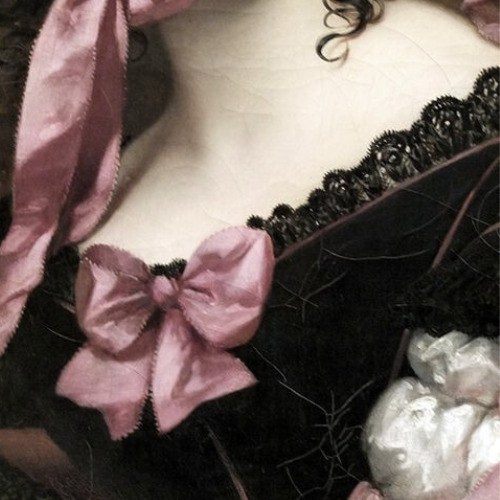

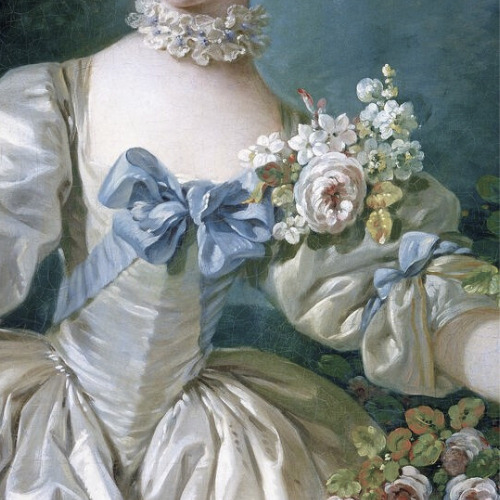
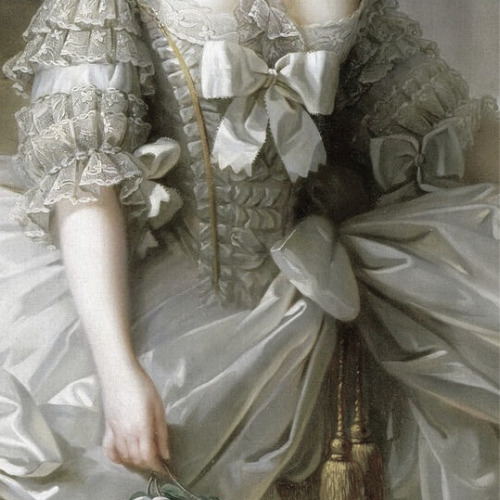


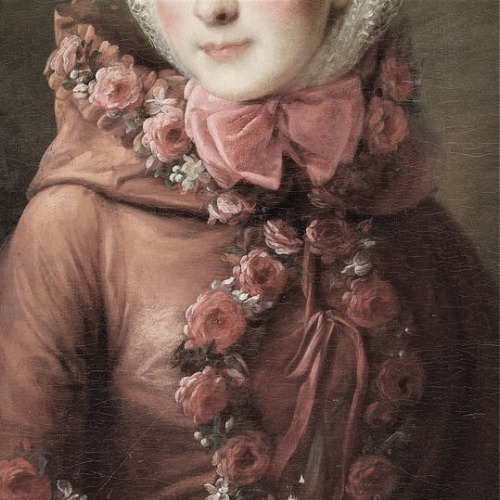
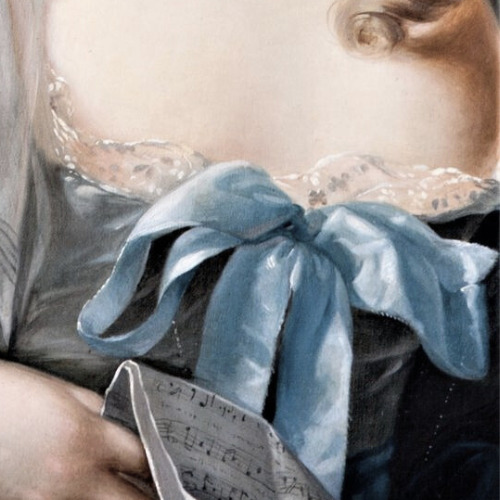
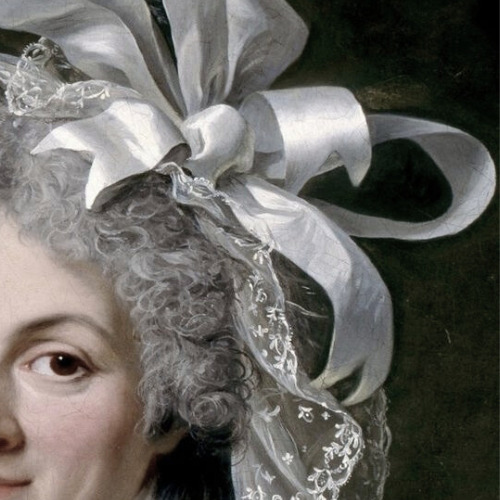
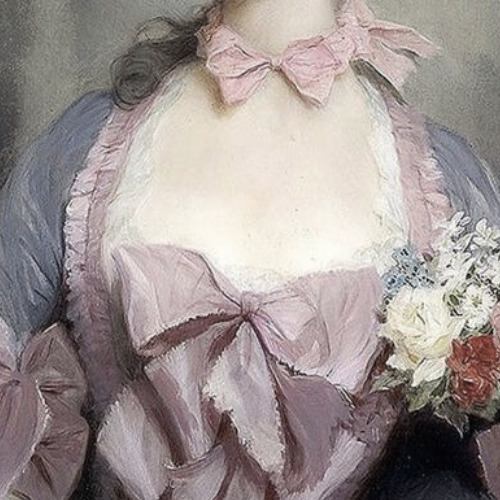
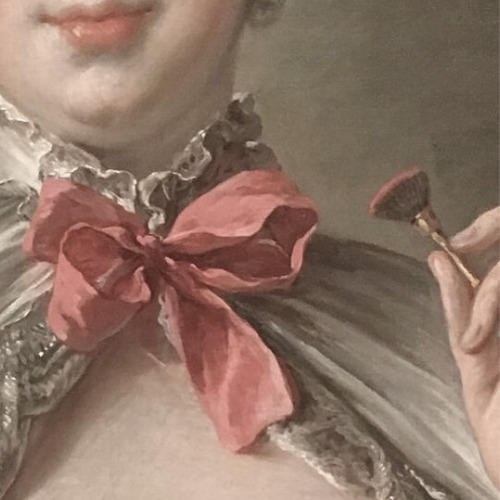
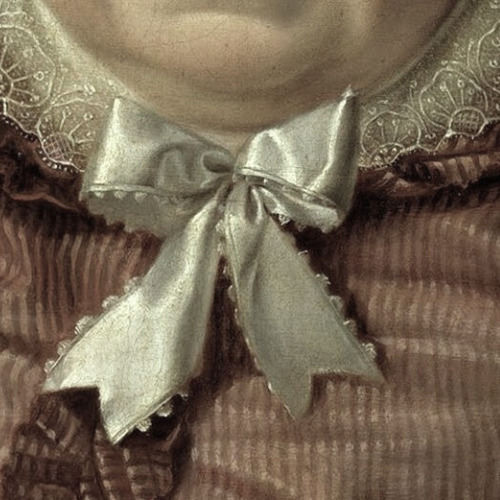
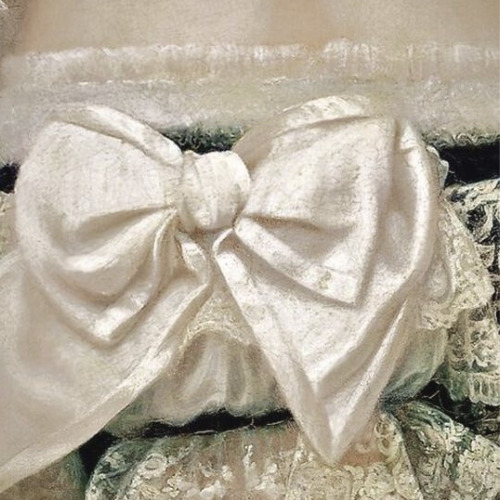
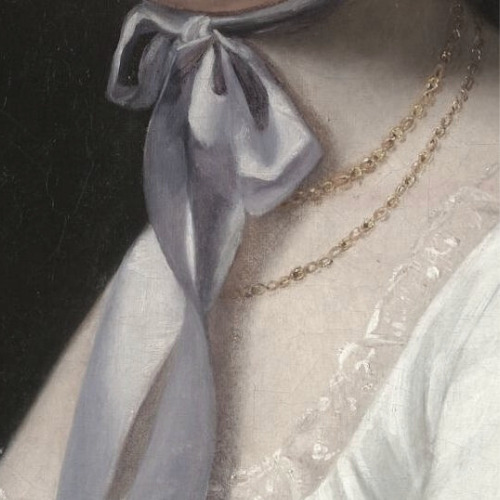
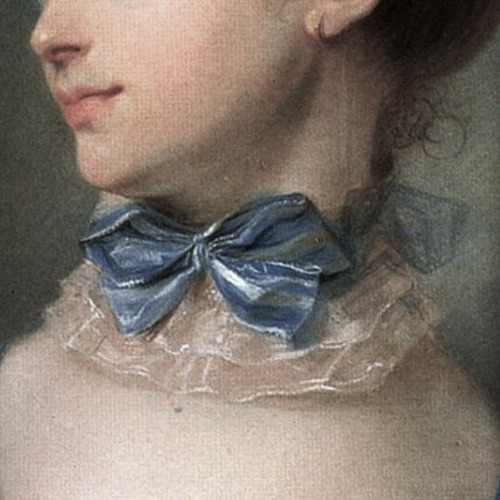
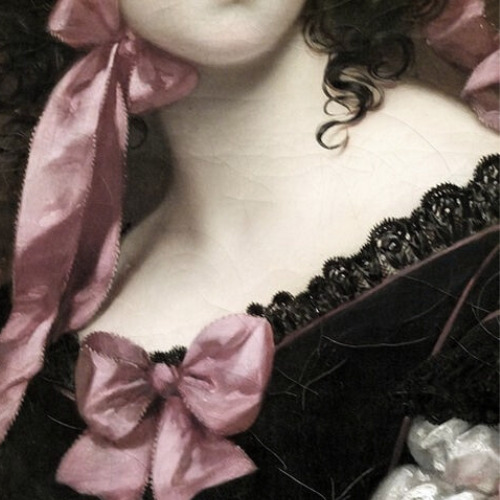
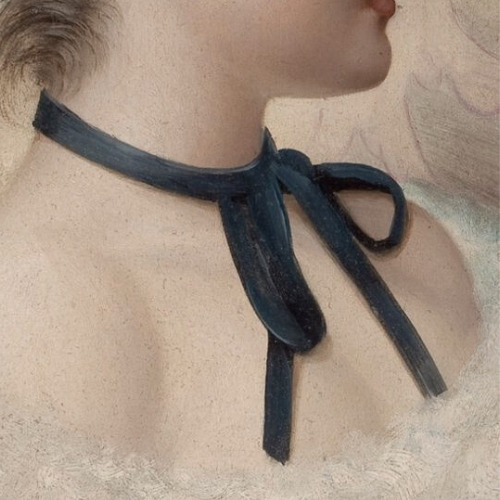
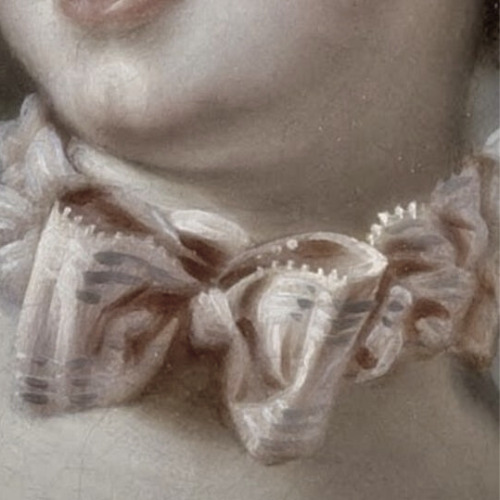
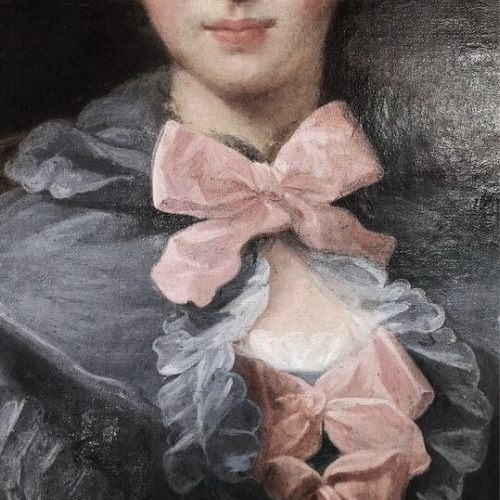
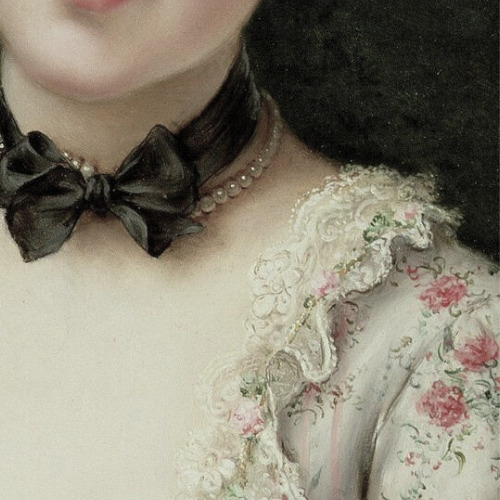

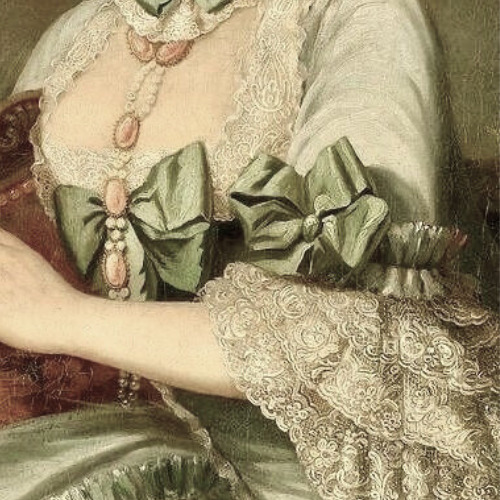
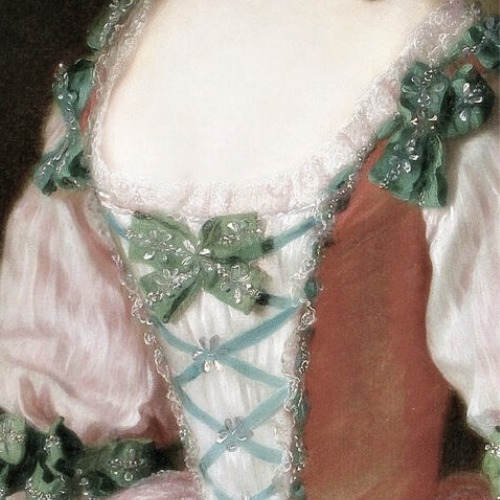
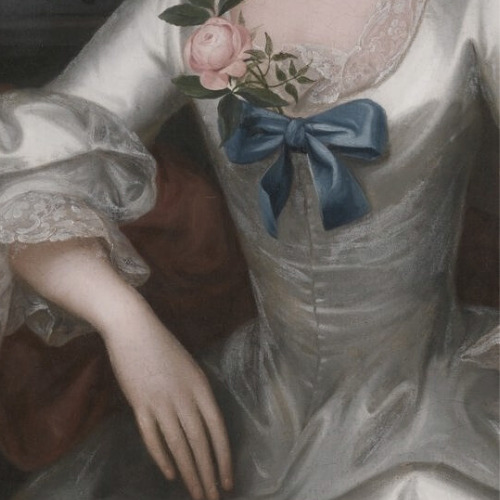
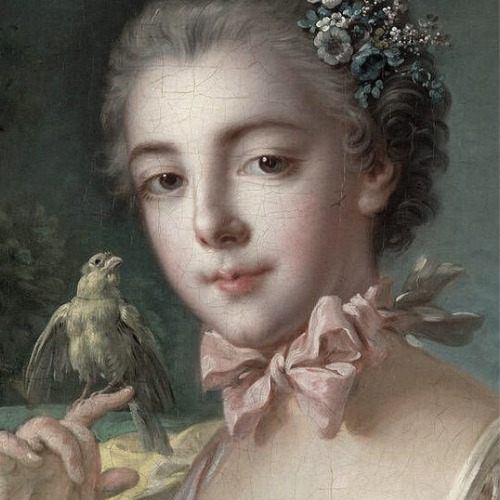
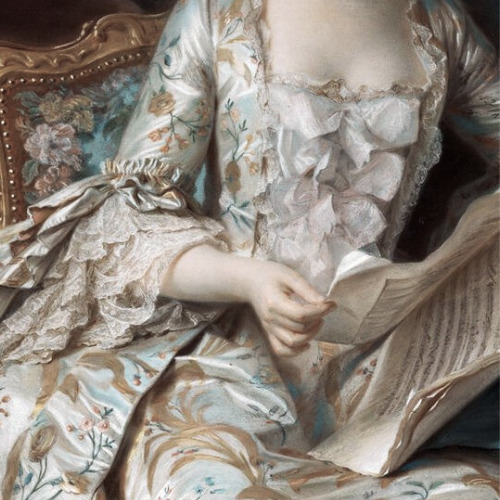
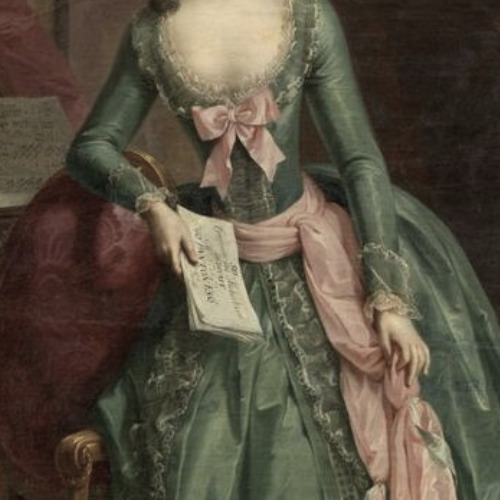
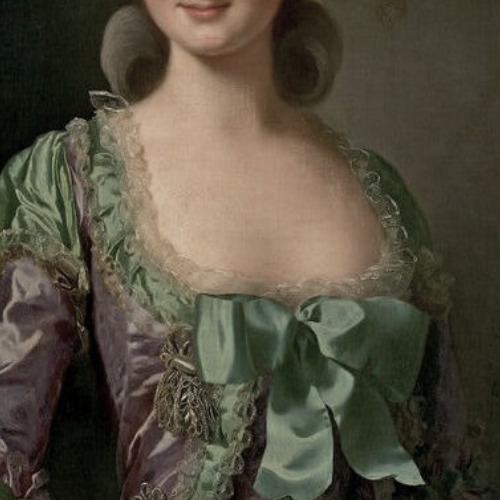
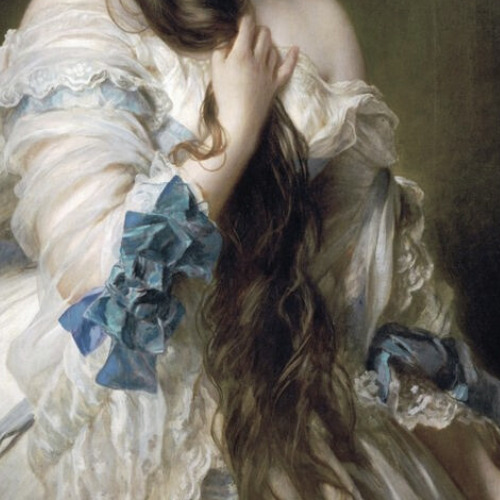
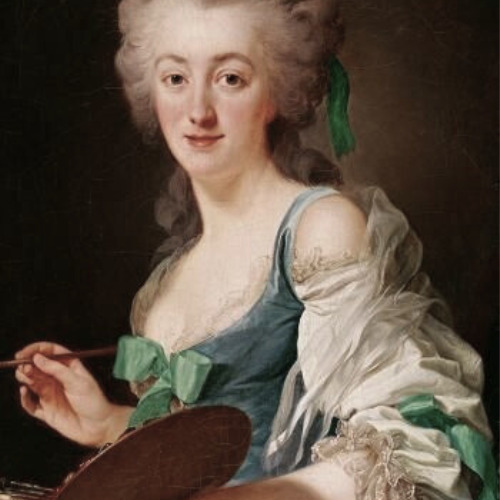
bows in art
#artist is joseph-desire court#artist is anton raphael mengs#artist is francois boucher#artist is elisabeth vigee le brun#cant find artist#artist is frederic soulacroix#artist is francis hubert drouais#artist is elisabeth vigee le brun-#artist is adelaide labille guiard#artist is lucius rossi#artist is jean honore fragnoard#artist is ferdinand georg waldmuller#artist is george raab#-cant find artist-#artist is jean-baptise perronneau#artist is joseph-desire court-#artist is vittorio matteo corcos#artist is francois boucher--#artist is francois boucher---#artist is francois martin kavel#artist is francois-hubert drouais#-cant find artist----#artist is charles amedee philippe van loo#i think artist is allan ramsay#artist is francois boucher------#artist is maurice de pompadour#artist is johann heinrich tischbein#artist is alexander roslin#artist is franz xavier winterhalter#artist is -alexander roslin-
372 notes
·
View notes
Text

Adélaïde Labille-Guiard, Self-portrait with two pupils, 1785

Lucy, Countess of Carlisle by Anthonis van Dyck, 1637

Frances Stewart, Duchess of Richmond by Sir Peter Lely, ca. 1662

Young woman at her toilet with a servant by Gerard ter Borch, 1650

A Lady of the Spencer Family by Anthonis van Dyck, ca. 1633–8

Charles I and Henrietta Maria with their two eldest children, Prince Charles and Princess Mary by Anthonis van Dyck, 1632.
Shot silk in historical paintings
Shot silk is a plain-weave in which the warp is one color and the weft another. The result is complex new tints and shades wherever the fabric gets folded or creased. It was popular in 17th and 18th century, of course only for the very wealthy.
#shot silk#fashion history#clothes#art history#fashion in paintings#womens fashion history#text#Adélaïde Labille-Guiard#women painters#ilovethis#love shot silk#silk gown#silk satin#silk dress#historical fashion#effect fabrics#silk fabric
69 notes
·
View notes
Text

Adélaïde Labille-Guiard
#adelaide labille guiard#drawing#art#artwork#fine art#fineart#art history#history of art#women in art
40 notes
·
View notes